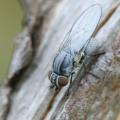Diptera.info :: Identification queries :: Diptera (adults)
Who is here? 1 guest(s)
|
Hebecnema sp? (Muscidae)
|
|
| Susan R Walter |
Posted on 21-05-2006 21:47
|
|
Member Location: Touraine du Sud, central France Posts: 1802 Joined: 14.01.06 |
Is this Hebecnema sp? Male, 5mm, on flowering umbels (Apiacae), Preston Montford Field Studies Centre, near Shrewsbury, north west England, 16 May 2006.
Susan R Walter attached the following image: 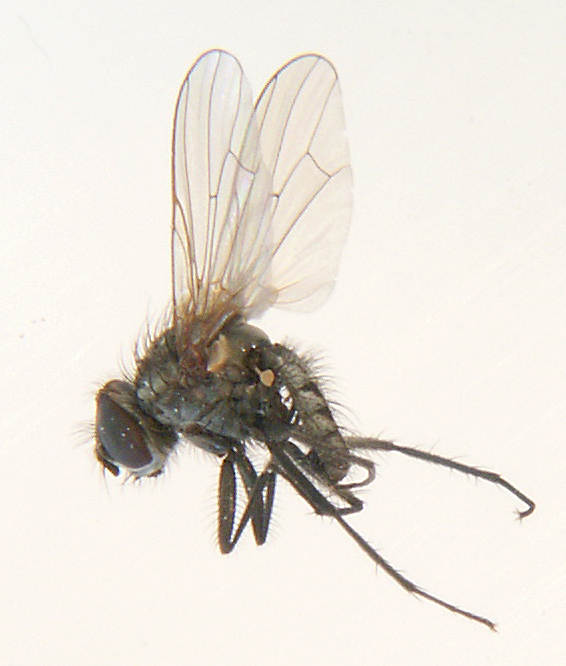 [151.96Kb] Susan |
| Susan R Walter |
Posted on 21-05-2006 21:48
|
|
Member Location: Touraine du Sud, central France Posts: 1802 Joined: 14.01.06 |
And smiling for the camera.
Susan R Walter attached the following image: 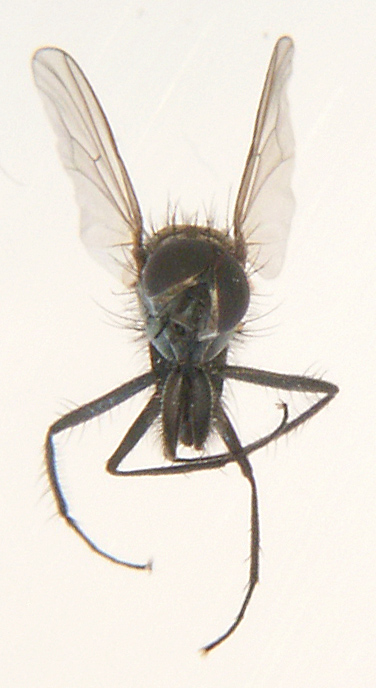 [104.23Kb] Susan |
| Susan R Walter |
Posted on 21-05-2006 21:49
|
|
Member Location: Touraine du Sud, central France Posts: 1802 Joined: 14.01.06 |
A dorsal view. These are different flies, but the same species I think - certainly from the same place.
Susan R Walter attached the following image: 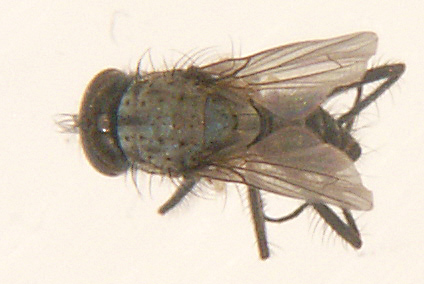 [55.04Kb] Susan |
| Susan R Walter |
Posted on 21-05-2006 21:50
|
|
Member Location: Touraine du Sud, central France Posts: 1802 Joined: 14.01.06 |
And a wing.
Susan R Walter attached the following image: 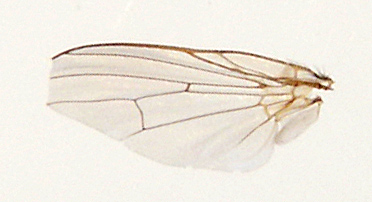 [36.66Kb] Susan |
| Kahis |
Posted on 21-05-2006 22:18
|
|
Member Location: Helsinki, Finland Posts: 1999 Joined: 02.09.04 |
Hmm. I suspect it is a Anthomyiid. The wing photo isn't large enough to show whether the anal vein reaches the wing edge (the apical part is rather weak in Anthomyiidae, totally missing in Muscidae). The males of common Hebecnema species are deep black with little bronze sheen and rather dark wings. Take a look at http://www.glaucu...lm110E.jpg Not the best photo in the world but it shows the general colot pattern well enough. Edited by Kahis on 21-05-2006 22:24 Kahis |
| Susan R Walter |
Posted on 23-05-2006 09:37
|
|
Member Location: Touraine du Sud, central France Posts: 1802 Joined: 14.01.06 |
Kahis It is interesting you should say Antho. In the field, I assumed they were Anthos - they had 'the look'. It was only once I got them magnified (I can do up to 24x with the pervoscope) that I could check the venation of course. I felt the 6th and 7th veins probably didn't reach the margin, but I would not have staked my life on it as it was very difficult to determine. This would have indicated Muscid I think. However, the body shape and shape of head was more suggestive of Anthomyiid. But on the other hand, the hair under the scutellum appears to be dark (according to my key, in Muscids, should be light). There were several other things I checked and in the end decided the balance was in favour of Muscid. Your picture of Hebecnema shows me clearly that my little flies are not that. Although the wings on my flies were tinged with brown, they do not give the impression of your Hebecnema. I'll try running them through my Antho key - eek!  - but no excuse I suppose, since they are male, but I'll have to put aside a whole day to do it - most of the couplets are about 4 lines long and full of words that need to go into Paul's excellent glossary for me. - but no excuse I suppose, since they are male, but I'll have to put aside a whole day to do it - most of the couplets are about 4 lines long and full of words that need to go into Paul's excellent glossary for me.Unfortunately, I can't do a better pic of the wing with the camera gear I have. Thanks for your help, as ever. Susan |
| Jump to Forum: |









